Extracting Solid Mineral Deposits in the Arctic: Increasing Investment Appeal
KEY CONCLUSIONS
Arctic region is the country’s key resource base
“If we are talking about oil and gas, currently the Arctic region provides 85% of natural gas produced in our country and 15% of oil. As for solid mineral deposits, the role of the Arctic region is equally important. Also, it accounts for the most of nickel production, huge amounts of copper, projects for rare earth elements. <…> Our task is to continue developing the Arctic with maximum efficiency for business and for the country,” Mikhail Grigoryev, Director, Co-owner, Geological Consulting Centre “GECON”.
PROBLEMS
Projects in the Arctic require increased expenditure on equipment and workforce
“Arctic conditions have a substantial impact on the period of navigation, productivity, and cost of labour. Work force for construction has to be brought from other regions, and, as a result, higher expenditure on transportation and salaries with larger increments increase the labour costs by up to 50% compared to those in the south. <…> High costs of fuel, material and equipment transportation make operations more difficult and account for a substantial part of project’s budget,” Igor Semenov Executive Director, First Ore Mining Company.
“Compared to liquid and gaseous mineral resources, extraction of solid mineral resources has specific aspects that make this business in the Arctic a very difficult task. First, the CAPEX [companies’ capital expenditure on acquisition and modernization of physical assets – Ed.] is increased, because open-pit operation requires large amounts of equipment that under northern conditions has depreciation period of 3–5 years. Second, as opposed to oil and gas projects, mining projects involve huge numbers of people,” Roman Trotsenko, Founder, Chairman of the Board of Directors, AEON Corporation.
SOLUTIONS
State support for investment in Arctic projects
“We are going to work on tax deductions for geological exploration to develop Russia’s Far Eastern and Arctic regions. We understand that it is going to provide a growth driver,” Yevgeny Kiselyov, Deputy Minister of Natural Resources and Ecology of the Russian Federation, Head of the Federal Agency for Subsoil Use.
“We are willing to pay for infrastructure, but not willing to create it, because it is going to be a basic one, and in the future many enterprises are going to use it. <…> We cannot develop the whole territory by ourselves. As for power infrastructure, for five years on our own we have designed over a thousand kilometres of electric lines. <…> Now we are ready to begin construction together with Chukotka Autonomous Okrug. These projects cannot be implemented without subsidies, but both federal government and regional authorities support us. Over 18 billion roubles have been allocated for this construction,” Victor Kudinov, General Director, Regional Mining Company.
“As a private company, we would like the government to consider more private investment from various sources and attract more foreign investors to the country. This should be done along with state programmes. For example, there is a number of private investments in mineral exploration, these are high-risk investments,” Michiel van Akkooi, Senior Vice President for Government Relations, Kinross Gold Corporation.
Implementation of modern methods for deposit development
“We are working on the issue of increasing life cycle of open pit with the use of modern technologies, for example, construction of runaways rather than vertical well bores. <…> We are also preparing for development of underground part of the mind, below the open pit. A review of older materials shows that there is a large number of prospective plots that were not drilled out. These modern methods and technologies are magnetic and electrical exploration,” Sergey Neruchev, Chief Executive Officer, AGD DIAMONDS.
“We are working on a development scenario for Pavlovskoye deposit that is at the intersection of mining, shipbuilding and digitalization. This innovation is about using the geographical coastal location of the deposit and extracting metal front ore on a special production and utilities barge grounded next to the open pit,” Igor Semenov, Executive Director, First Ore Mining Company.
Considering environmental factors
“We acknowledge that mining is a driver of economic growth, but in the era of climate change, that particularly affects the Arctic, we have to consider the factors representing the interests of communities living in the region. We have to protect the environment for them,” Alison LeClaire, Director General, Circumpolar Affairs and Eastern Europe & Eurasia Relations, Global Affairs Canada.
Development of international cooperation
“In general Russia possesses around 50% of global Arctic, while Canada has approximately 25%. When we talk about cooperation, we see that there are many areas in which Canada and Russia have shared interests, problems, priorities, so there is a huge potential for such cooperation,” Alison LeClaire, Director General, Circumpolar Affairs and Eastern Europe & Eurasia Relations, Global Affairs Canada.

